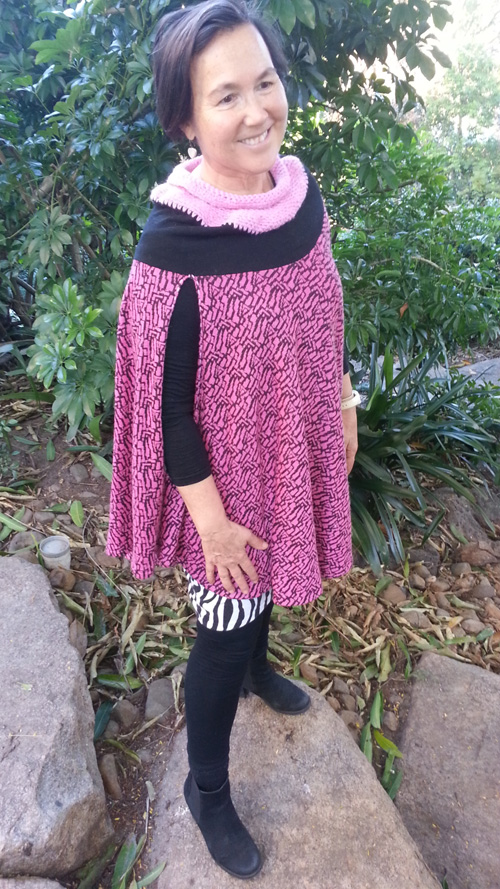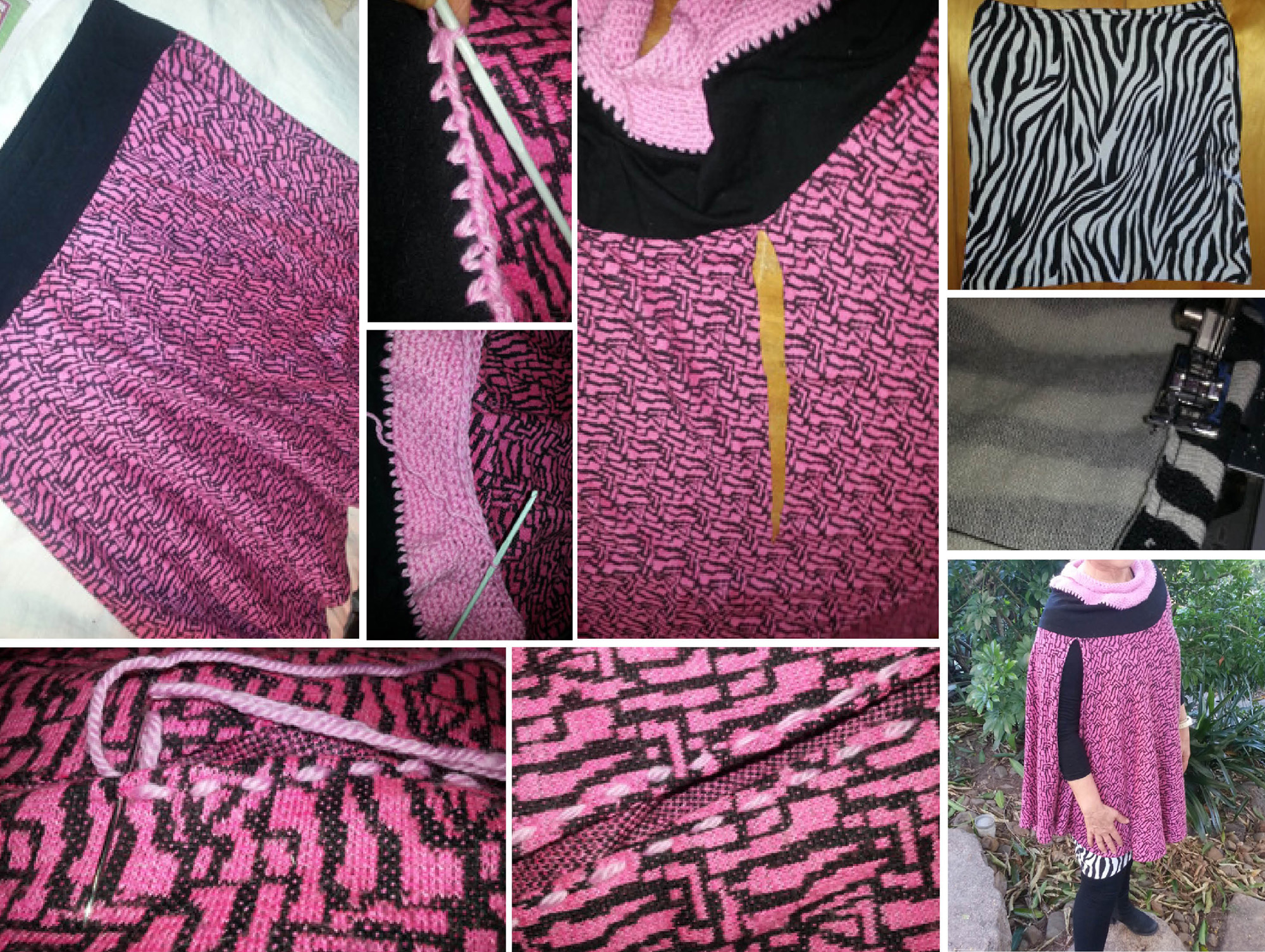 I’m up to day 211 of upcycling and renovating existing clothing to give them another chance at life through the 2014 Sew it Again project.
I’m up to day 211 of upcycling and renovating existing clothing to give them another chance at life through the 2014 Sew it Again project.
We don’t live in a perfect world so why expect our clothing to be so? Clothing requires maintenance and can be renovated. Sometimes we wash them more than we need to (Levis CEO doesn’t wash jeans) and often times we rush off to buy something new instead of checking and changing what we already have.
As an op shop queen, I buy very little new, am into DIY and use the library. But when I found Womankind magazine while browsing the newsagent, I saw something special.
The cover is symbolic, a beautiful butterfly collage of a woman’s face, the editorial by Antonia Case a compelling case for using time wisely to create a good life and the article about Julia Schor was the decider to add Womankind to my collection of affirming publications.
“The glut of fashion is evident in the waste stream, ever-rising volumes of fashion stuffed down chutes in apartment blocks, buried in wheelie bins, and draped across rubbish tips; the previous season’s jackets, skirts, tops and pants are clogging up the arteries of our cities,” Julia Schor says.
This is the driver for Sew it Again and my wish for counter-culture clothing movement that sees us – as individual, creative women – using handcraft skills to upcycle, renovate and adapt what we have rather than being seduced by the image of fashion models wearing the latest must-haves.
Antonia Case’s article on sociologist Julia Schor from Boston College concludes: “We need a new set of values and culture. We need to talk post-growth”. Yes please, let’s have more of that. Julia has written a book called True Wealth and there’s a fabulous clip that illustrates her case for A Plenitude Economy.
Sew 211 turns a circle skirt into a cape. I crocheted a collar using guesswork on the number of stitches to create, and changed the size of the crochet hook to (big to small to big) to make it roll over. It’s imperfect, original and unique. Once the neckline was completed, I tried it on and did guesswork on where to make armholes. I cut the openings, then used tacking stitch with wool to neaten the edges. I created the final look by renovating a jumper-skirt, resewing the waistband on the machine after the stitching had popped (NOTE: stretch the waist while sewing to prevent this re-occurring).

Well done Jane for embedding Juliet Schor’s Plenitude Economy presentation into this weblog – it is interesting to see how the Global Financial Crisis impacted her thinking. JoSe
Thanks JoSe – it would be great if we saw more changed behaviour in response to the GFC – need to learn from history